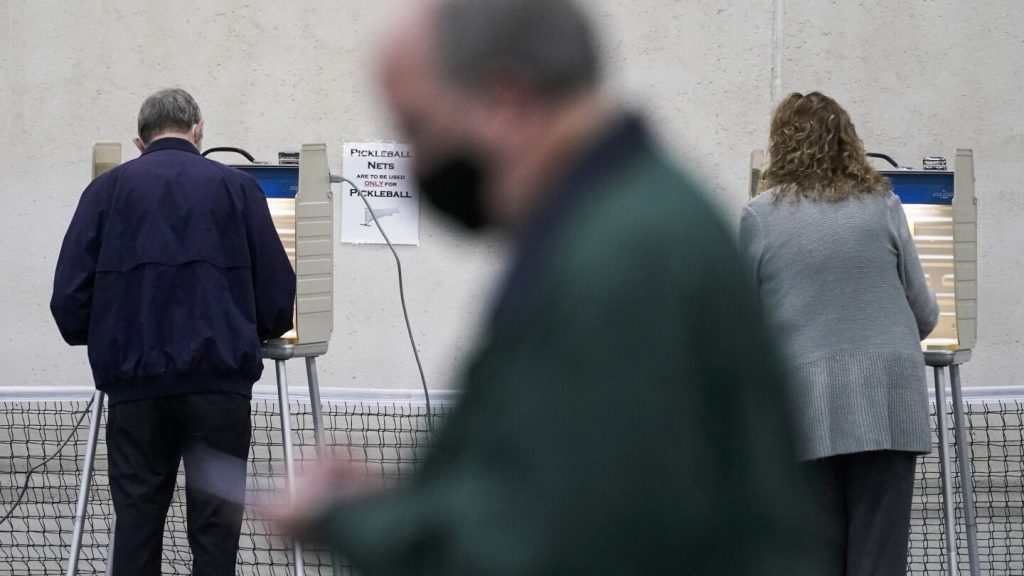President Joe Biden and former President Donald Trump are set to compete in the Wisconsin presidential primaries, with a focus on winning the pivotal state in November. The campaigns are gearing up for another close general election fight in Wisconsin, where both candidates will be vying for victory. Biden recently unveiled infrastructure funding for multiple states, including a project in Milwaukee, while Trump is scheduled to hold a rally in Green Bay on primary night. While they are the only major candidates in their respective parties, voters may also opt for the “Uninstructed Delegation” option.
With Wisconsin being a crucial state in past elections, both Trump and Biden are closely watching the outcome of the primaries. In 2016, Trump won by a narrow margin, and four years later, Biden also secured victory with a slight edge. In addition to the presidential race, voters will also decide on two proposed constitutional amendments that would impact how elections are conducted in the state. These measures, backed by Republicans, focus on restricting the use of private grant money in elections and defining who can serve as a poll worker. The outcome of these amendments may reflect traditional party lines.
The primary day in Wisconsin will feature the presidential primaries and state elections, with polls closing at 9 p.m. ET. Along with voting for the presidential candidates, voters will also weigh in on the statewide ballot measures known as Questions 1 and 2. Both Democrats and Republicans have multiple candidates on their respective ballots, with the option for voters to choose the “Uninstructed Delegation” or write in another candidate. Any registered voter in Wisconsin can participate in either the presidential primary or the spring election.
The allocation of delegates in the Democratic and Republican primaries follows standard party rules. Democrats have 82 pledged delegates, while Republicans have 41 delegates at stake. The distribution of delegates is based on the statewide and district-level vote percentages. Both Biden and Trump are expected to win their respective primaries, but the actual outcomes will have implications for the state’s political landscape. The fault lines in the constitutional amendments closely align with party affiliations, indicating potential party-driven decisions.
As the primary results unfold on Tuesday, indicators from specific counties will provide insights into the potential passage of the constitutional amendments. The vote history and demographics of the state will influence the race-calling process. While voter turnout in primaries is generally lower than in presidential elections, the margin of victory in key counties can be telling. The AP refrains from making projections and declares a winner only when trailing candidates have no chance of closing the gap. Turnout and advance voting data from previous elections offer a snapshot of expected participation in the primaries.
With the presidential race in focus, Biden and Trump are set to secure victories in the primaries, barring any surprises. The results from Wisconsin will offer an early glimpse into the political landscape heading into the general election. The tabulation of votes typically takes a few hours after polls close, with the final results revealing the statewide winners. As the countdown to the general election continues, both parties are closely monitoring the outcomes in pivotal states like Wisconsin.


